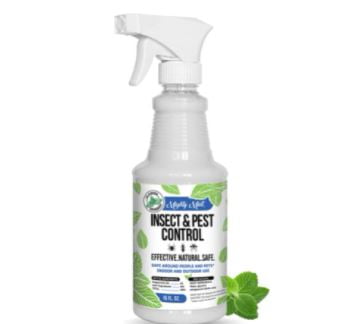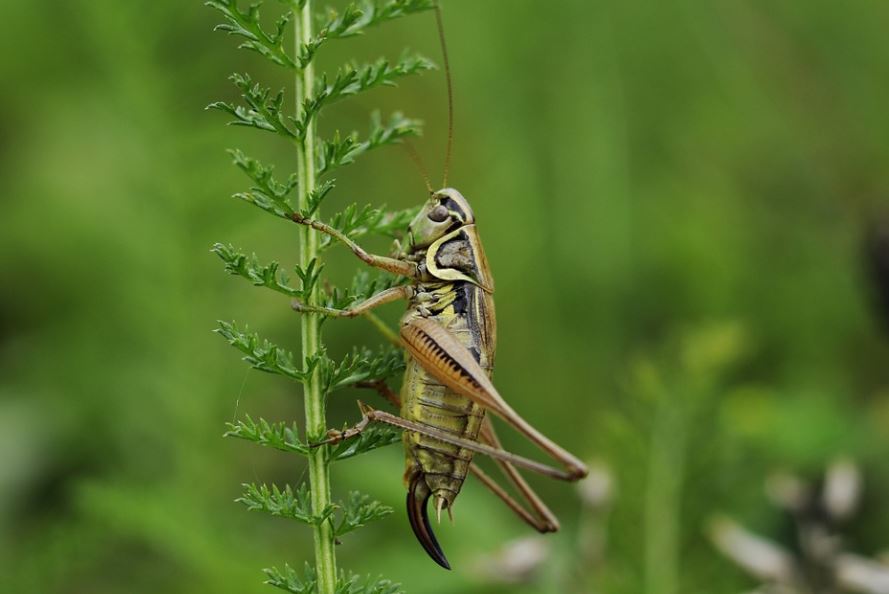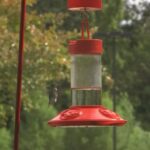Are you interested in learning more about crickets? Crickets are fascinating insects that have been part of our lives, and while some run at the sight of one, others find them quite fascinating—the reason why we’ll be telling you about different types of crickets.
While you may not find many people having crickets as pets, crickets are all around us, especially during cold months when they find their way inside homes. These chirping insects are a favorite to feed other pet reptiles and amphibians, and some people enjoy them as a snack.
So while they don’t represent a massive threat to people or your garden, prominent cricket infestations may pose their risks. Whether you find this noisy insect annoying or not, it’s always a good idea to learn more about them and how to get rid of them if an infestation gets out of hand.
Types of Crickets
House Crickets
House crickets get their common name because they can survive indefinitely indoors. They are found throughout the U.S. east of the Rockies. Adult house crickets have three dark bands on their heads, are ¾ to 1 inch long, have long, thin antennae that are often longer than their body, and are yellowish-brown in color.
During warm weather, house crickets prefer to live outdoors. However, as cold weather approaches in the fall, they seek shelter inside their homes. Indoors are most commonly found in warm, moist places like kitchens, basements, and bathrooms.
Field Crickets
Despite its name, field cricket is one of the most common crickets found inside homes. Field crickets are slightly larger than the house cricket and typically black but brownish or straw yellow.
They can be found throughout the landscape in flower beds and the lawn or near compost piles. Inside, they will damage cotton, linen, wool, silk, and other materials.
Camel Crickets
Camel crickets, also known as cave crickets, are recognizable by their humpbacked appearance. Camel crickets are light to dark brown and are about ½ to 1½ inches long.
Unlike true crickets, camel crickets do not have sound-producing organs, so they do not chirp; they also lack wings. However, Camel crickets have strong, large hind legs that allow them to leap when they are frightened by predators.
Jerusalem crickets
They are yellowish-brown and have black rings on their abdomen. They are known for their large heads. Like camel crickets, Jerusalem crickets are wingless. Jerusalem crickets are often found in gardens, especially those containing fruit or vegetables. If the weather becomes too hot and dry, they will move inside. Though they can bite, they would rather flee than fight.
How to Get Rid of Crickets at Home?
- The most effective way to get rid of crickets in your house is to reduce areas of moisture.
- Use dehumidifiers where necessary and ensure attics and crawl spaces are well-ventilated.
- One of the best ways to remove crickets is vacuuming. This will help to get rid of adult crickets and their eggs.
- How to keep crickets out of your home?
- Keep your landscape well-groomed by mowing the lawn regularly, weeding plant beds, eliminating standing water, and moving woodpiles away from your home.
- Inspect your home’s exterior for entry points and seal any cracks or gaps.
- Treat baseboards, around window and door casings, and in crawl spaces, basements, and garages with insect sprays.
- Apply insect spray around the outside of your house to help keep crickets out.
- Treat your landscape areas, paying particular attention to areas where crickets like to hide.
- Crickets are attracted to bright lights. Use a yellow light bulb in your exterior lights.
Recommended Products
Ortho Home Defense Insect Killer
Ortho Home Defense Insect Killer for Cracks & Crevices is a spray foam that spreads deep into hard-to-reach places where bugs can hide; plus, it’s long-lasting and protects your home indoors and out.
It kills those pesky ants, cockroaches, fleas, centipedes, crickets, boxelder bugs, fleas, ticks, and other listed insects that like to crawl into your house.
The foam can be used inside your home or outside, and it’s non-staining on surfaces that water would not stain.

Features:
- Spray
- Long-lasting
- Indoor-outdoor use
Mighty Mint Insect and Pest Control
Mighty Mint Insect & Pest Control is made from 100% plant-based ingredients. In addition to Northwest peppermint essential oil, the ingredients are derived from soybeans, palms, and vegetable oils.
Its unique formula is completely free from common non-natural petroleum ingredients like sodium lauryl sulfate.
Mighty Mint Insect & Pest Control is safe to use around your family, dogs, cats, and other pets when used as directed.

Features:
- Natural Ingredients
- Long-lasting
- Essential oils
Common Questions About Types of Crickets
How many types of crickets are there?
Crickets are insects distantly related to grasshoppers, and scientists have identified and described more than 900 species of crickets. The cricket family, called Gryllidae, has a worldwide distribution that spreads north to lower Alaska and south to the end of South America.
What do crickets eat?
Like many insects, crickets are not picky eaters. As omnivores, they will eat both plant and animal matter.
They also act as scavengers and will eat decaying animals and rotting vegetation. In times of desperation, crickets will also cannibalize other crickets, often targeting injured or weakened individuals.
What are the most significant types of crickets?
The most prominent family members are the bull crickets, Brachytrupes, up to 5 cm (2 in) long.
What kind of crickets bite?
House crickets can bite, but they aren’t inclined to bite humans, and it is rare for their mouthparts to be able to break the skin. This doesn’t mean these critters are harmless.
The danger with house crickets isn’t their bite; it is the diseases and parasites they can carry in their bodies and their waste, like E.coli and salmonella. They are also capable of carrying worms that can come out in their feces. If you handle a cricket or touch its feces, there is a chance you may develop a painful rash or sores on your skin, and if you take food, you could accidentally introduce harmful bacteria that may later be ingested.
What is the difference between crickets and grasshoppers?
At first glance, cricket and grasshopper look a lot alike. However, there are distinct differences in their appearance and activities.
While crickets are nocturnal, grasshoppers are diurnal; crickets have long antennae, grasshoppers have short antennae; crickets are omnivores, grasshoppers are herbivores.
Are crickets harmful to plants?
Many cricket species can be garden pests, where they will munch on young plants or flowers, but usually, their damage is minor compared to other insect species. They only get truly destructive if there is a population outbreak.
It’s also important to know that crickets lay their eggs in the loose soil found in gardens and flowerbeds. That means cricket populations may continue to grow unchecked unless adequately treated.
Are crickets harmful to animals?
For the most part, crickets are not considered a danger to pets unless they reach infestation levels. Other than that, many pets will opportunistically eat any crickets they encounter.
Read: Types of Leaf Blowers



